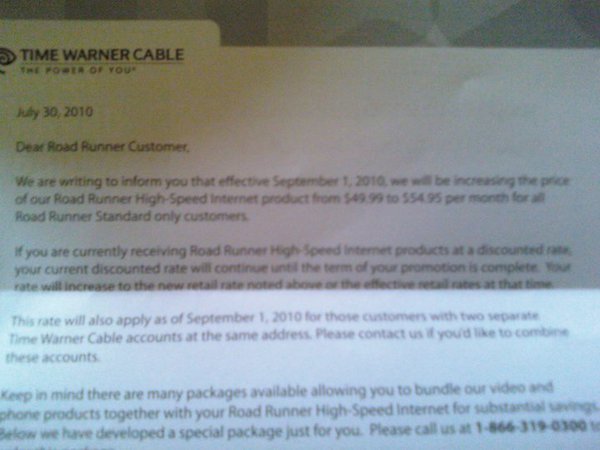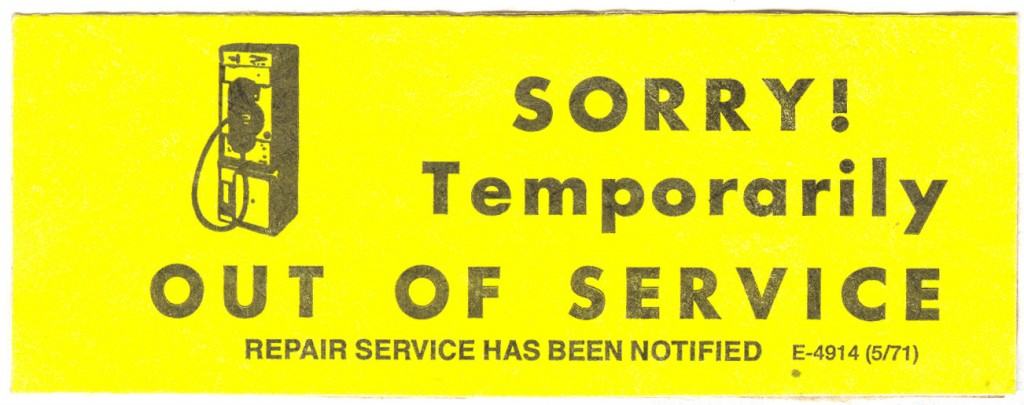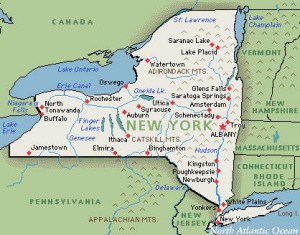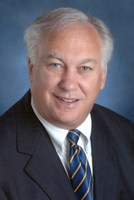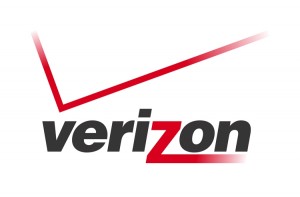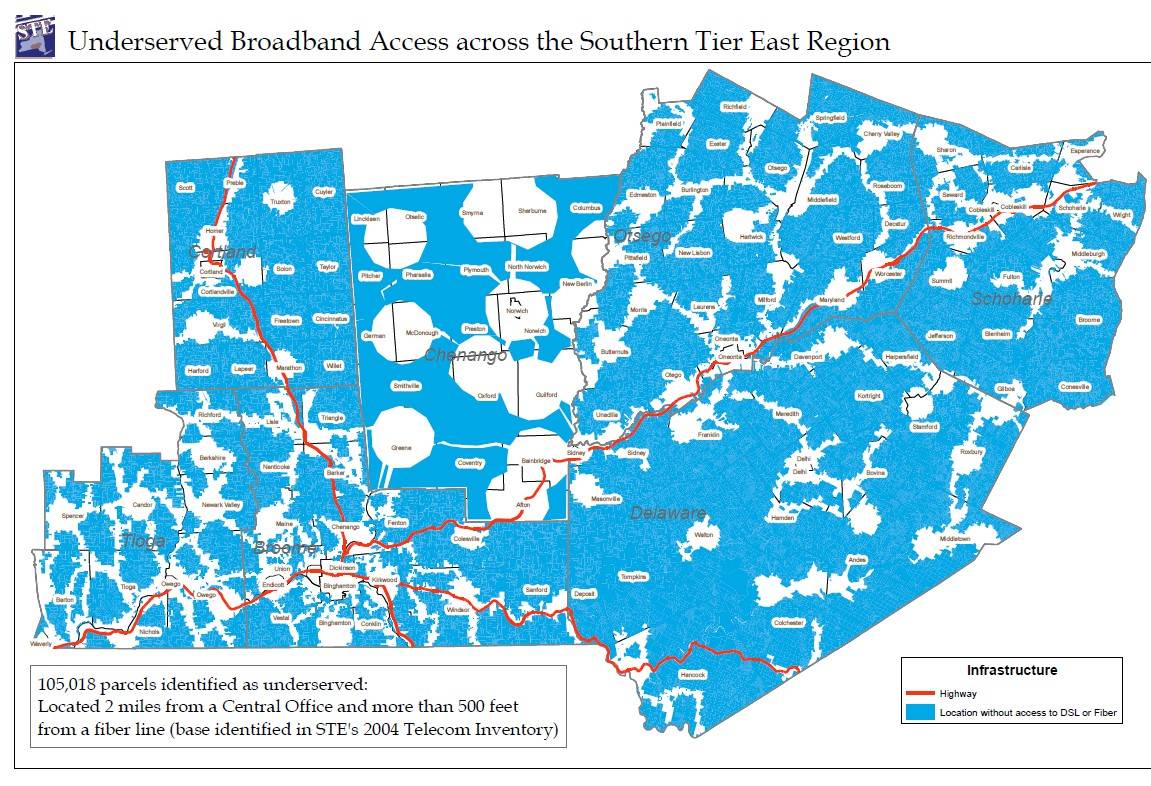For the second time in a year, Time Warner Cable is jacking up the rates on its Road Runner broadband service for residents in western New York.
Stop the Cap! reader Patrick in Rochester sent word and a screen image of a letter he received notifying him Time Warner Cable was raising the price on standalone Road Runner service to $54.95 a month, effective September 1st. Patrick, and other customers who are only interested in getting broadband service from the cable company, were paying just under $45 a month for Road Runner standalone service in early 2009. Today, standalone service runs $49.99 a month, but the cable company is back looking for another $5 a month starting this fall.
July 30, 2010
Dear Road Runner Customer,
We are writing to inform you that effective September 1, 2010, we will be increasing the price of our Road Runner High-Speed Internet product from $49.99 to $54.95 per month for all Road Runner Standard only customers.
If you are currently receiving Road Runner High-Speed Internet products at a discounted rate, your current discounted rate will continue until the term of your promotion is complete. Your rate will increase to the new retail rate noted above or the effective retail rates at that time.
This rate will also apply as of September 1, 2010 for those customers with two separate Time Warner Cable accounts at the same address. Please contact us if you’d like to combine these accounts.
Keep in mind there are many packages available allowing you to bundle our video and phone products together with your Road Runner High-Speed Internet for substantial savings….
Time Warner Cable, like many cable providers, wants to discourage customers from taking only one of its products, so it gradually increases prices to drive customers to its “better value” bundled services. As for broadband, Time Warner Cable executives have made it clear they can raise prices whenever they want.
Landel Hobbs, Chief Operating Officer for Time Warner Cable, told investors this past February consumers love their Road Runner service.
“Consumers like it so much that we have the ability to increase pricing around high-speed data,” Hobbs said.
At $55 a month, standalone Road Runner becomes increasingly difficult to justify for many consumers, but for residents in cities like Rochester, the only alternative is far slower DSL service from Frontier Communications, complete with its 5GB monthly usage allowance.
However, you can leap off the Time Warner Rate Increase Railroad by switching to Earthlink, which is running a promotion for six months of 10Mbps service for $29.95 per month. Earthlink service is indistinguishable from Road Runner, except Earthlink speeds do not benefit from “Powerboost” — Time Warner Cable’s very temporary speed boost during the start of large file transfers. Most customers will prefer the boost they receive from keeping the $25 difference in price in their wallets — $150 over the life of the promotion. At the end of six months, you can hop back to Time Warner Cable’s Road Runner service on a new customer promotion at a significant discount. No modem exchange is required — the switch to and from Earthlink can be done over the phone. Billing is done by Time Warner Cable for both services. Just be aware your Road Runner e-mail account will be closed when you change providers.


 Subscribe
Subscribe